


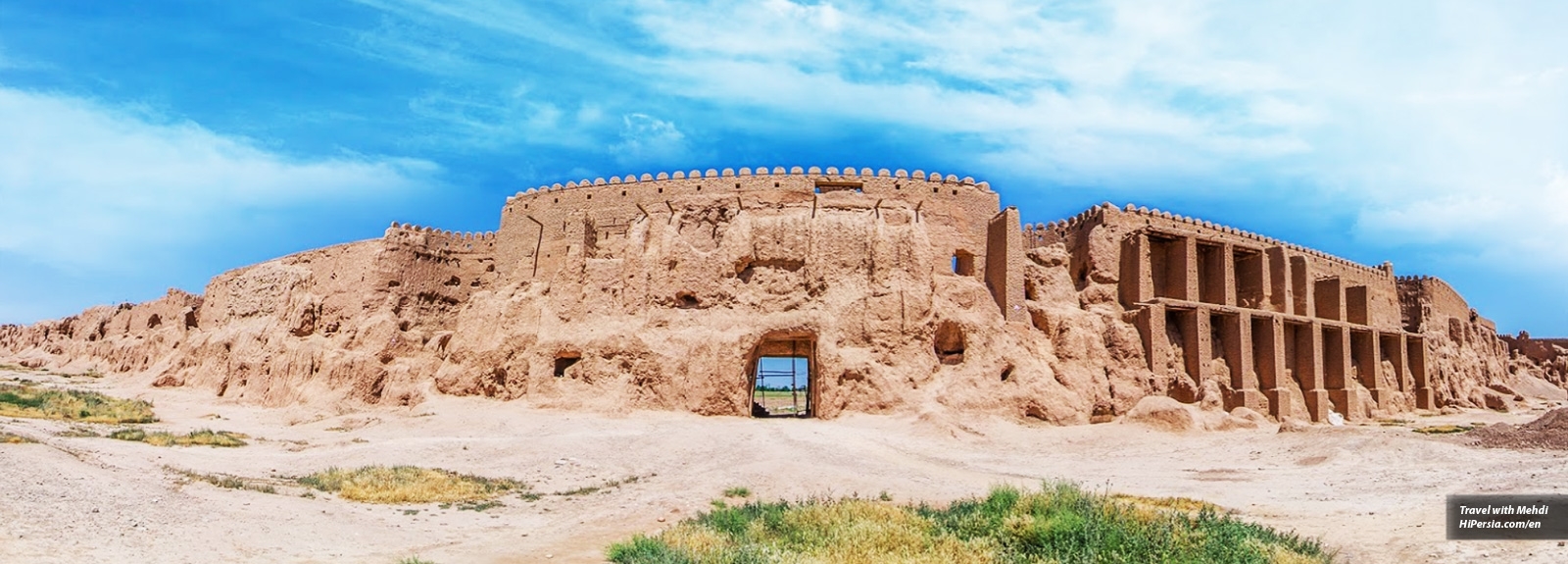
Belqeys Castle is one of the historical monument in North Khorasan Province considered as the second adobe monument after Arg e Bam in Iran.
Belqeys Castle is the second adobe monument of Iran, located in a city with the same name. Belqeys city includes a lot of historical monuments, but this castle is the most important one. You will see this old castle three kilometers southwest of Esfarāyen, North Khorasan Province.
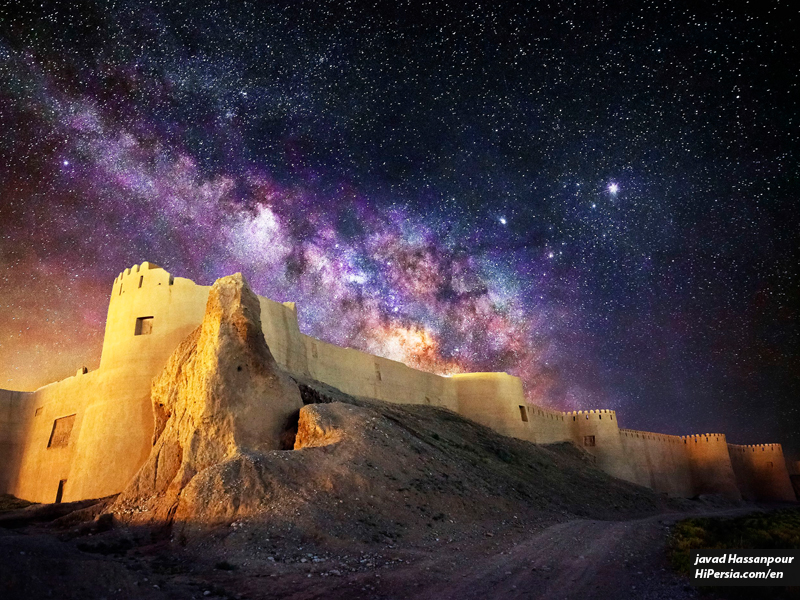
According to the evidence, Belqeys Castle was constructed on a flat plain, and a deep moat surrounded it. This castle was a three-story architectural monument in the past, but a mud shell remains of this castle. It dates back 4000 years. Belqeys Castle has an area of over 51,000 square meters with 29 towers around it. The main entrance gate is located on the northern side of the castle, which is completely ruined. Moreover, according to archaeologists’ excavations, there were some rooms inside the castle that were connected. Each of them had several entrances from the north, south, and east sides with thick walls. These entrances were built in the direction of the wind to cool spaces in the summer. Small Tandoors (a hole like an oven in the hearth of the wall or ground) have been discovered and located just below the floor in the room, used to heat the spaces in the cold seasons.
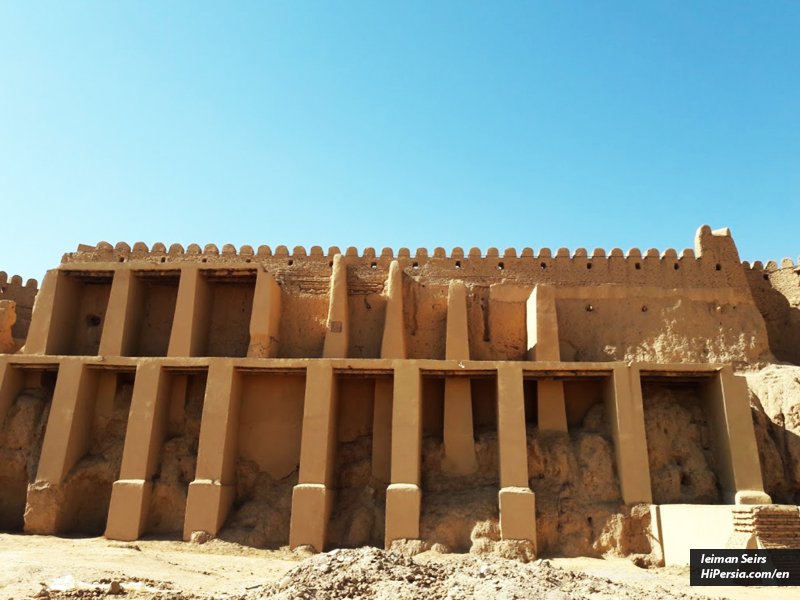
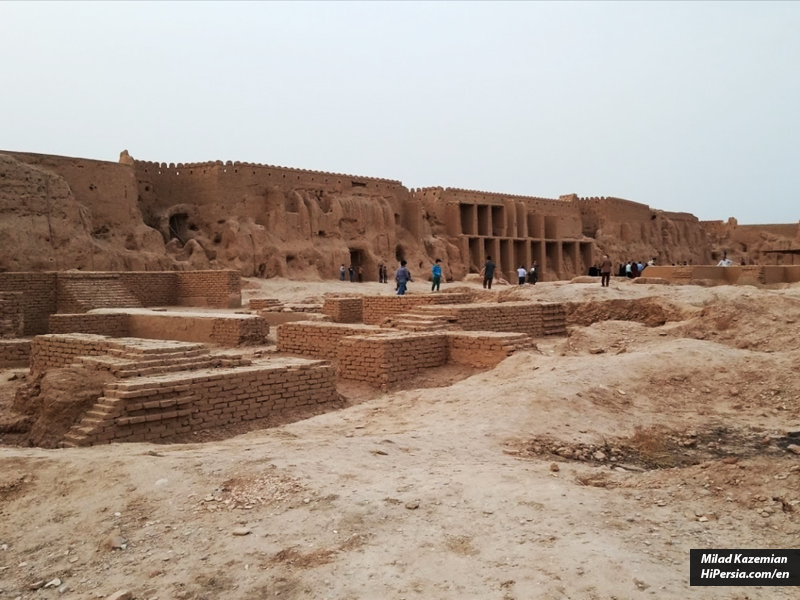
Esfarāyen is placed in the east of the Alborz mountain range. The best time to visit the Belqeys Castle is from late March until early November. During this period, you can enjoy the beauties of nature and visit the other attractions of North Khorasan Province, such as Mofakham's Mirror House. It takes one hour from the castle to this monument.
To reach there, you can go to the Esfarāyen, North Khorasan Province. Take a taxi and reach the castle three kilometers southwest of Esfarāyen. Also, the following map can help you to find the exact location of Belqeys Castle:
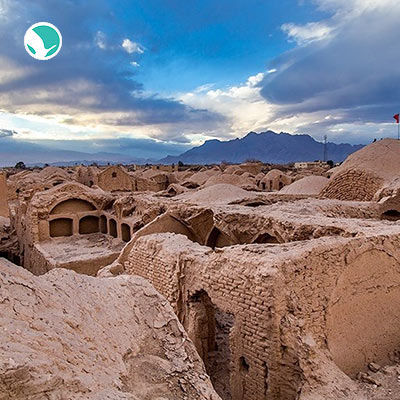
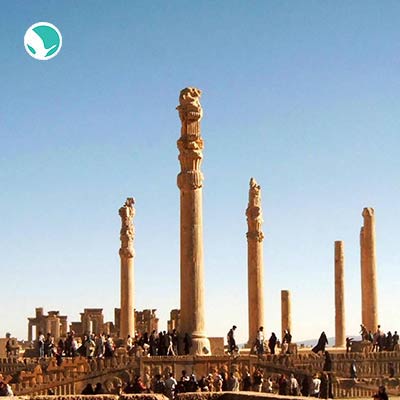

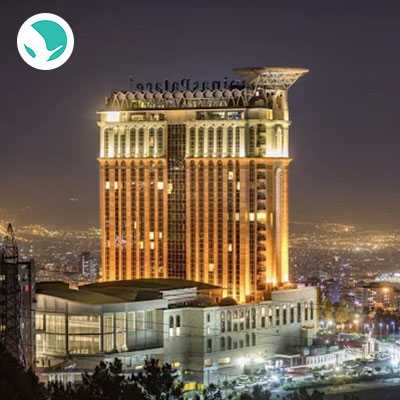
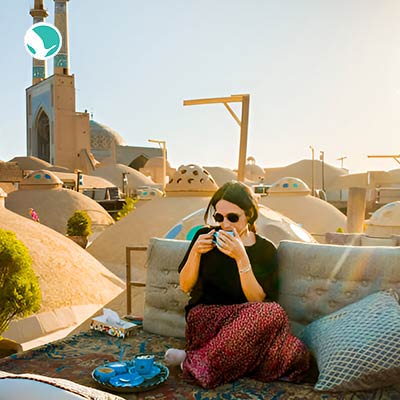
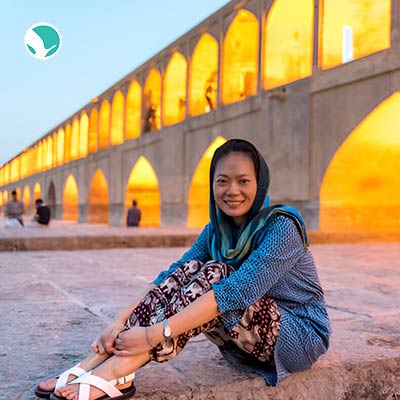
“Oh! Squander not this breath that Heaven hath lent thee, Nor make too sure another breath to borrow!’” Khayam